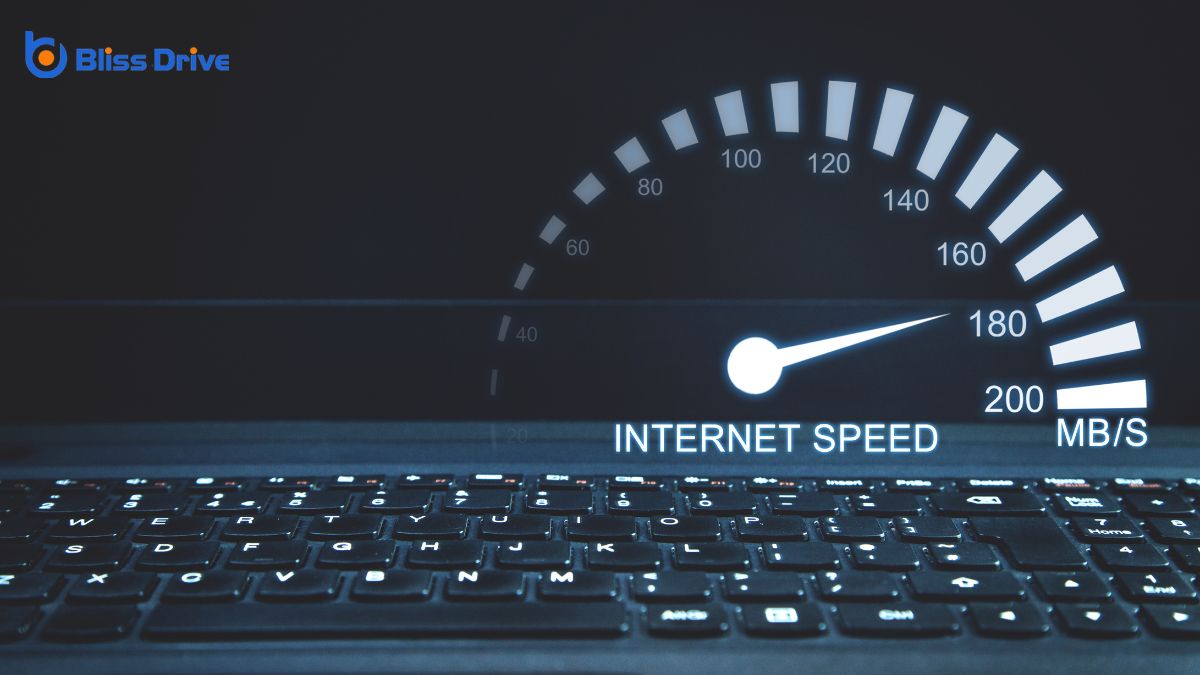Learn More About Us

When you’re evaluating your website's performance, it's essential to know what constitutes a good site speed score. Typically, scores between 85 and 100 are preferable, suggesting your site is quick and user-friendly. But what happens if you're below this range? A score under 70 might mean visitors face frustrating delays, which can impact your site's search engine rankingsThe position at which a website appears in the SERP.. Curious about how to improve and maintain ideal site speed?

Site speed metrics are essential for evaluating the performance of your website. They help you understand how quickly your pages load and identify areas for improvement.
Key metrics include First Contentful Paint (FCP), which measures the time it takes to display the first piece of content, and Time to Interactive (TTI), which tracks when a page becomes fully interactive.
You’ll also want to monitor Speed Index, which shows how quickly the contents of a page are visibly populated. Analyzing these metrics can reveal bottlenecks affecting load times.
Use tools like Google PageSpeed Insights or GTmetrix to gather data and gain insights. By focusing on these metrics, you'll be equipped to enhance your site's efficiency and provide a smoother experience for visitors.
Understanding site speed metrics is just the first step; their real-world implications on user experience can't be overstated.
When your site's speed lags, users notice immediately, and their patience wears thin.
Here's how site speed impacts user experience:
While you might focus on optimizing for keywordsWords or phrases that users type into search engines to find information., don't underestimate the power of site speed on SEO rankings.
Search engines like Google prioritize user experience and consider site speed an important factor. A slow-loading site frustrates users and leads to higher bounce rates, signaling to search engines that your content mightn't be valuable.
In contrast, a fast site enhances user engagement, encouraging more interactions and longer visits. Google uses site speed as part of its ranking algorithm, meaning faster sites often rank higher in search results.
Additionally, mobile-first indexingGoogle’s practice of using the mobile version of a website for indexing and ranking. makes speed even more vital, as mobile users expect quick access to content. By improving your site's speed, you boost your chances of climbing the SEO ladder and reaching a wider audience.
Recognizing the impact of site speed on SEO rankings, it's important to equip yourself with the right tools to measure and analyze your site's performance.
Accurate insights can guide improvements, guaranteeing your website runs smoothly and efficiently. Here are three essential tools you should consider:
Implement these tools to guarantee peak site performance.

To boost your site's speed and enhance user experience, you should adopt effective optimization strategies that target various performance aspects.
Start by optimizing images; compress and resize them to reduce load times. Minimize HTTP requests by combining CSS and JavaScript files.
Enable browser caching so returning visitors experience faster load times. Use a content delivery network (CDN)A system of distributed servers that deliver content to users based on their geographic location. to distribute your content efficiently across global servers.
Also, consider enabling Gzip compression to reduce file sizes and improve speed. Regularly update your website's software and plugins to guarantee they're running efficiently.
Finally, monitor your site's performance using tools like Google PageSpeed Insights to identify areas for improvement.
To keep your website running smoothly and your users happy, aim for a site speed score between 85 and 100. This range guarantees quick loading times, enhancing user experience and boosting your SEO rankings. Regularly monitor your site's performance using tools like Google PageSpeed Insights. By implementing effective optimization strategies, you'll maintain a strong online presence and keep your audience engaged. Don't let slow speeds hold you back—stay proactive and keep your site in top shape!
